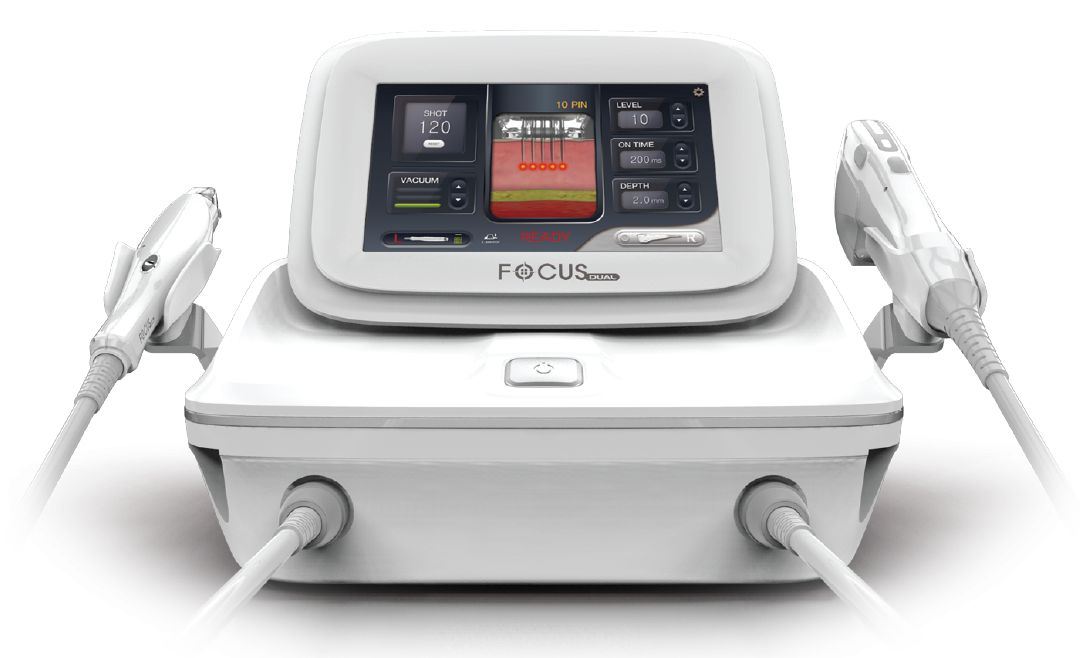There are around 2000 different types of scissors in use, each with its own specific design and functionality. These are the tools that surgeons frequently require during a surgical procedure for the purpose of cutting or dissecting tissues or other surgical materials.
However, surgeons use different types of surgical scissors based on the needs of the surgical procedures. In this article, we will discuss the most common types of scissors used during surgeries.
Commonly Used Surgical Scissors
Scissors are categorized on the basis of their surgical use during surgical procedures. Each procedure requires specially designed scissors for cutting purposes.
Scissors have different shapes of blades with blunt or sharp edges. These blades are designed in straight, curved, and angled patterns. However, the main purpose of scissors is to cut tissues, bandages, or other surgical materials. Let’s discuss 5 common types of scissors used in the surgical field.
1. Suture Scissors
Suture scissors are specifically designed scissors with a hook on the lower blade. These scissors are helpful in cutting sutures without any risk of damage to the skin. It has a standard structure of finger ring handles, along with a shank and sharp blades.
Surgeons slide the hook on the tip of the tool under the suture to lift it upward before cutting. This hook holds the suture to ensure there is no risk of suture slippage before cutting. These scissors are also used to cut the required length of thread used in the sutures.
Serrated blade suture scissors are used in the process of closing surgical incisions or other wounds. On the other side, there are specifically designed scissors for suturing in various procedures, such as nasal suture scissors, that are useful for suturing inside the nasal cavity.
2. Operating Scissors
Operating scissors are multipurpose scissors used for cutting and dissecting tissues, sizing wound dressings, and removing sutures. Besides, surgeons mainly use these scissors for cutting operation room materials and tissues. These scissors have different blade patterns with varying tip sharpness.
The sharp blade operating scissors are useful for cutting tougher materials and tissues. These scissors have various shapes and designs to apply inside or outside the human body for cutting tissues.
3. Dissecting Scissors
Dissecting scissors are ideal for dissecting and isolating tissues during surgeries. These scissors have unique designs for the cutting of fine and tough tissues. The main types of dissecting scissors are Mayo dissecting scissors and Metzenbaum dissecting scissors.
- Mayo Dissecting Scissors
Mayo scissors are sharp-blade scissors useful for cutting hard tissues like fascia, connective tissues, and sutures. They have semi-blunt tips with straight and curved patterns. These scissors are also useful for the blunt dissection of tissues during surgical procedures. That’s why surgeons frequently use Mayo scissors in their surgical practices.
- Metzenbaum Dissecting Scissors
Metzenbaum dissecting scissors are useful for fine tissue dissection. They are mostly used in curved patterns for cutting purposes. The scissors have delicate blades that cannot cut hard materials or sutures. Cutting hard material with Metzenbaum can make the blades dull, which can not smoothly cut or dissect tissues.
4. Bandage Scissors
Bandage scissors are must-have scissors in the first aid boxes. There are three main uses of bandage scissors:
- Trimming bandages to custom sizes
- Cutting through gauze, drapes, or dressings
- to assist in removing bandages

These scissors have angled blades with blunt tips to avoid any accidental injury to the patient’s skin. Lister bandage scissors are ideal for removing bandages over the patient’s skin.
It has a long bottom blade that can easily slide under tight and sticky bandages without hurting the wounds or incisions. In addition, its sharp blades can easily and smoothly cut the bandages without much effort from the operator.
5. Iris Scissors
Iris scissors are multipurpose scissors with a unique design of short blades. They are primarily designed for cutting tissues in ophthalmic surgical procedures. However, later on, surgeons started using it in plastic, neuro, and general surgeries because of its versatile design.
These scissors are available in straight and curved patterns for cutting in flat and narrow surgical areas. The sharp blades of iris scissors ensure fine cutting of tissues. As a result, surgeons can operate them with enhanced accuracy in delicate surgical procedures.
Where Can You Find All Types of Scissors?
Suture scissors, operating scissors, dissecting scissors, bandage scissors, and iris scissors are commonly used surgical scissors in the surgical field. Besides, there are many other specific scissors for surgical procedures.
You can get all types of scissors from GerMedUSA. They are the manufacturers and suppliers of surgical tools made with German stainless steel. Their tools are available in different variations, and you can place orders to get customized surgical instruments according to your specifications. Go to the website to see their wide range of surgical tools.
Frequently Asked Questions
Why do you need to buy different variations of surgical instruments?
Scissors are available in various patterns, depending on the need for surgical procedures. You may require different variations of a scissor that could be blunt, sharp, with straight, or curved patterns. You can choose it according to your needs and comfort.
What is the manufacturing material of the scissors?
Most scissors are manufactured with German stainless steel, which contains chromium content that makes the instrument’s surface inert. That is why these scissors are rustproof and sterilizable.











